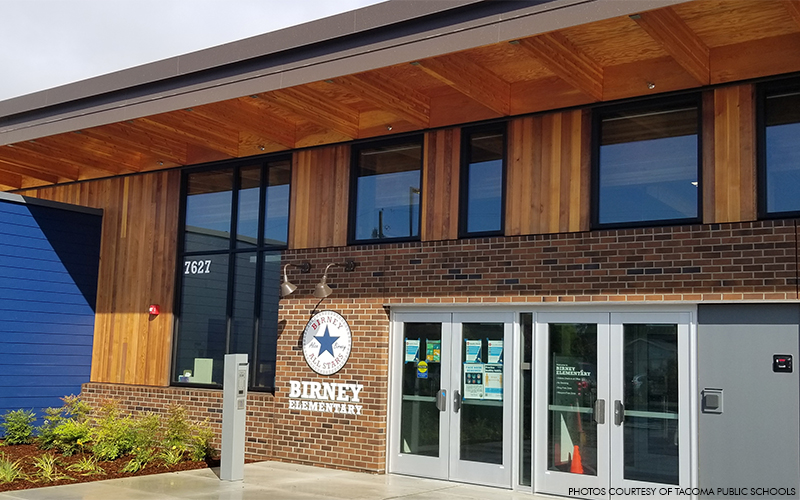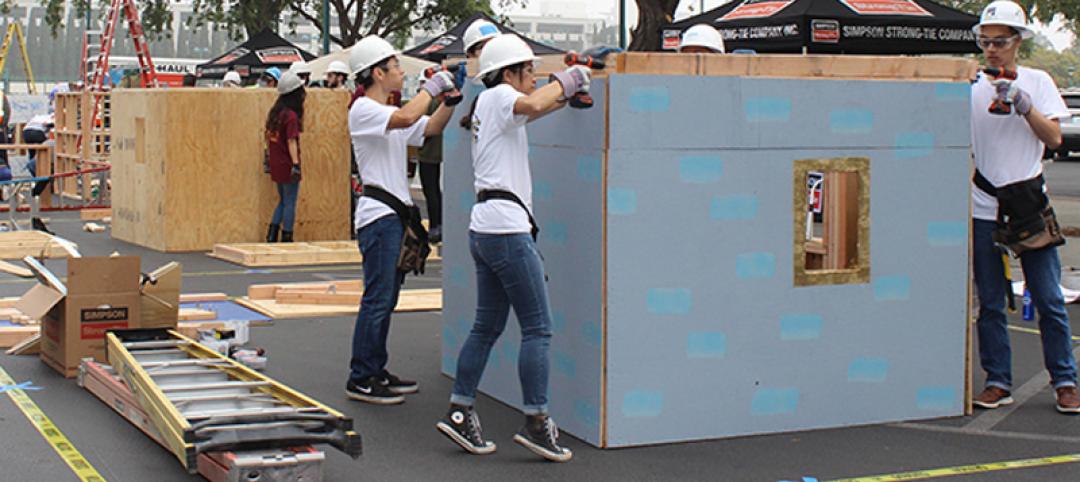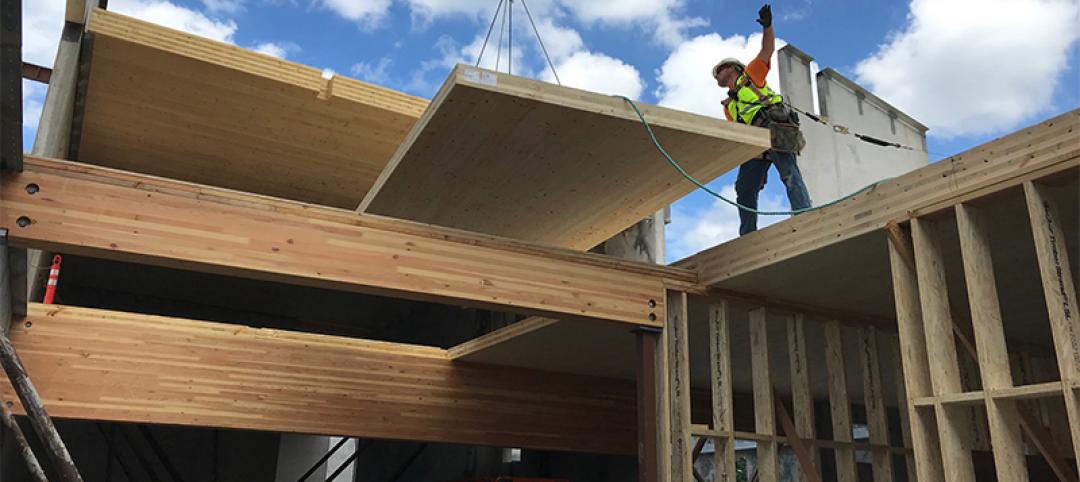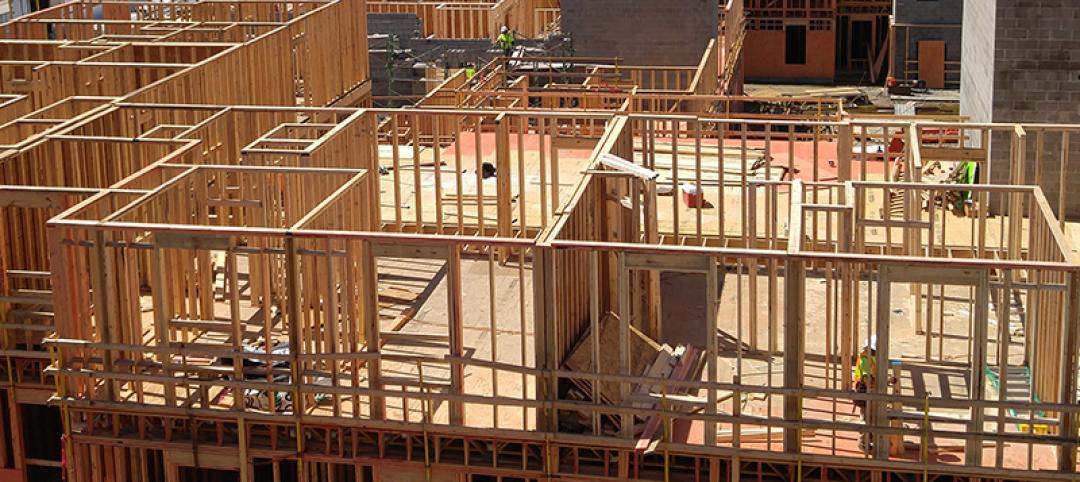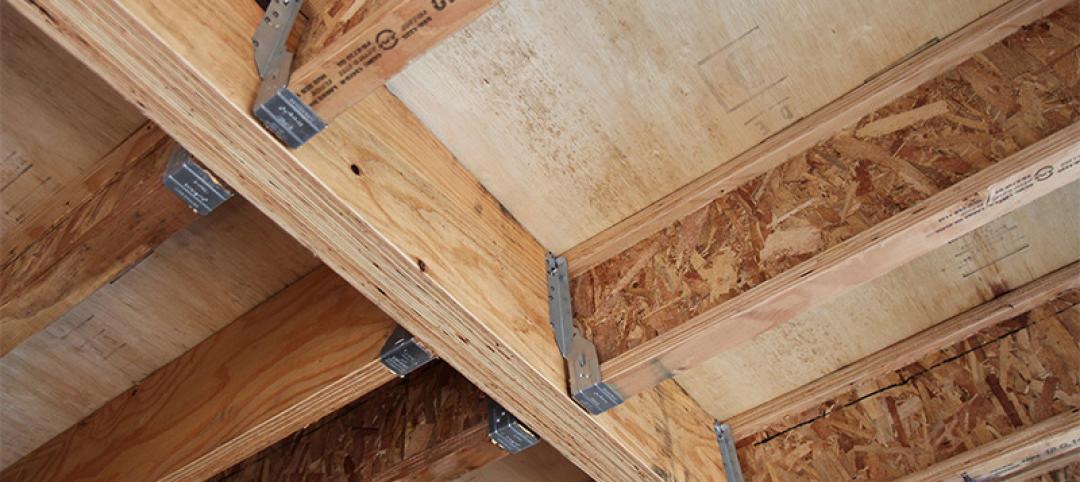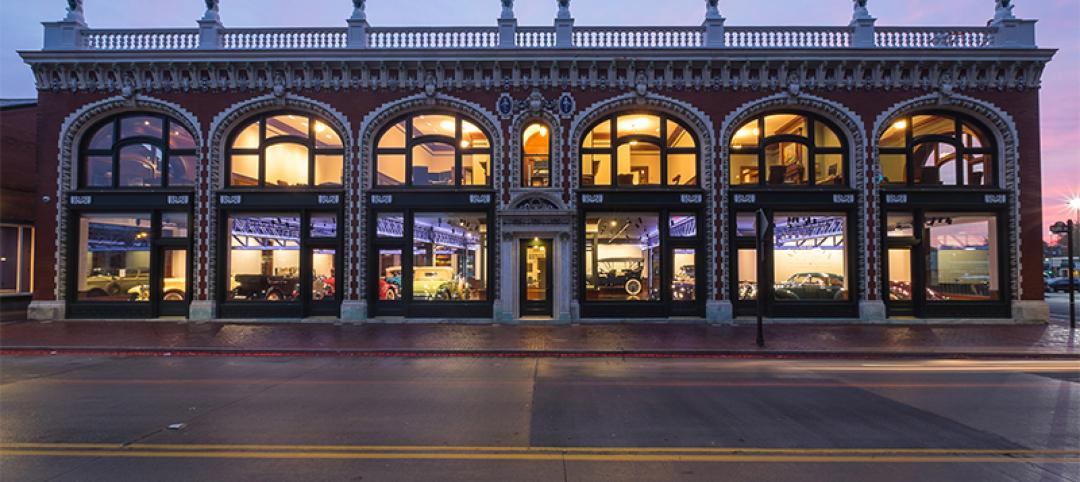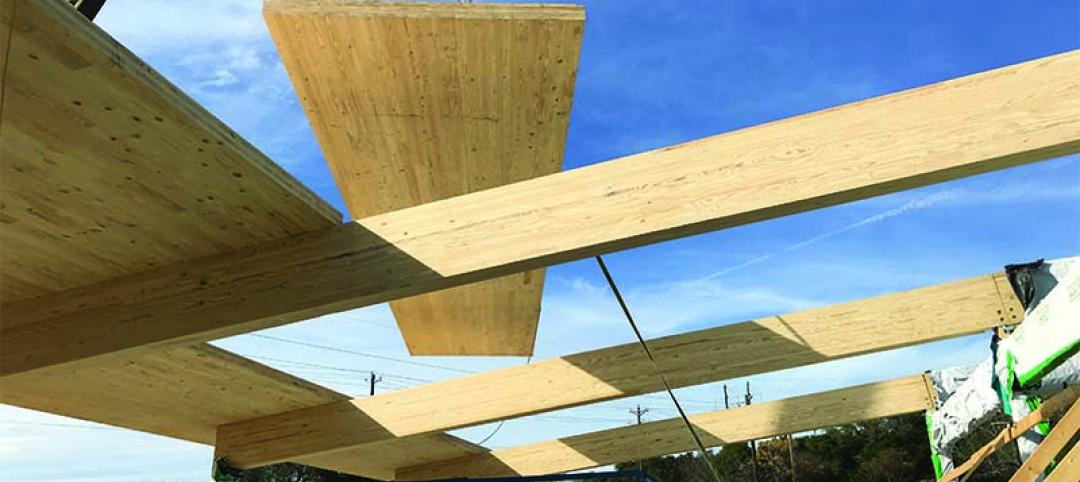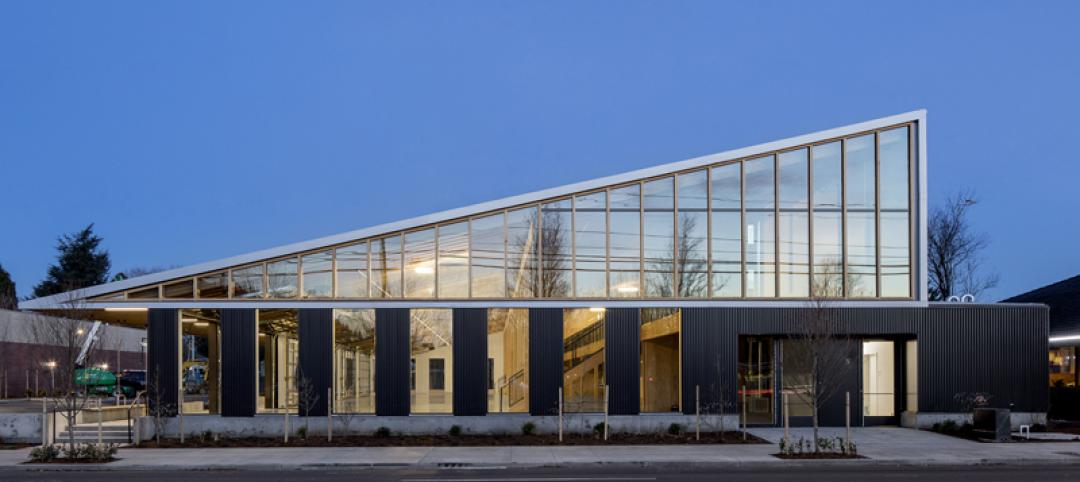Engineered wood is never too cool for school. Cost-effective and aesthetically appealing, wood is ideal for school construction.
Birney Elementary is home to one of Tacoma, Washington’s deaf and hard of hearing programs. Its existing building is being replaced by a brand new 56,055-square-foot structure featuring four classroom wings and a communal learning commons. The project was completed by Turner Construction Company.
For Tacoma Public Schools, engineered wood was an easy choice.
Aesthetic Appeal and Acoustic Advantages
According to Kris Stamon, project manager for McGranahan Architects, early in the project, mass timber components were chosen instead of steel because of wood’s inherent beauty. “The design expresses the warmth and beauty of the wood products, specifically via the exposed roof structure that unifies the main circulation spaces throughout the school,” said Stamon.
One of the main drivers of the project was being able to maximize the openness of the building. “The visual openness unifies the school,” Stamon said.
The wood products also offered some acoustical advantages for the deaf and hard of hearing students. Wood doesn’t reverberate sound as much as its steel or concrete counterparts. The wood helps soften the noise and makes sound easier to control, creating an enhanced learning experience for the students.
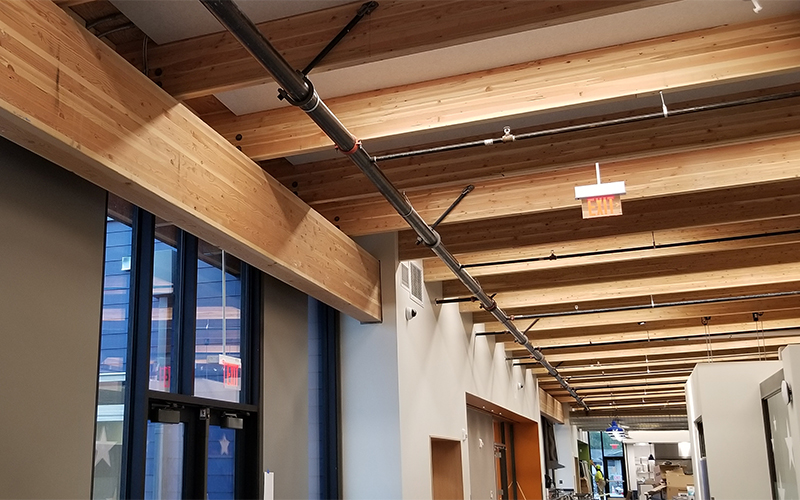 Glulam beams provide structural support and stability throughout the main hallways
Glulam beams provide structural support and stability throughout the main hallways
A Cost-Effective Solution
For Tacoma Public Schools, choosing engineered wood was about more than just good looks. For the single-story building, wood products were also the most cost-effective solution. Instead of needing to layer finish products over the structural members, the glulam and laminated veneer lumber (LVL) used on the project served as both.
“We were able to use the structural wood as the finish material, which reduced our costs when compared to a layered approach,” said Tacoma Public Schools Project Manager Greg Stidham. “The fact that many of the wood elements could be left exposed and expressed structurally had added benefits. The ability for the students to see the structural and exposed connections can also be used as an educational tool.”
The structural design was intentionally repetitive and allowed the construction process to be sequenced for improved efficiency. “We were able to pre-construct panelized walls, which allowed for mass installation. Using the sequencing system improved our crew’s productivity,” said Turner Construction Engineer Karen Lawton.
“Glulam served as the main beams, which we installed first with plywood spans, then we installed the roof system. The exposed glulam beams and plywood provide roof structural support and horizontal stability throughout the main hallways of the school,” Lawton continues. “These beams can span longer distances for flexibility of design and construction.”
 Exposed glulam and laminated veneer lumber served as both structural and finish materials
Exposed glulam and laminated veneer lumber served as both structural and finish materials
The Local Advantage
By using wood on the project, Turner Construction was able to cut labor costs and support the local economy by sourcing the wood materials from local suppliers. “We were able to tap into the large, local carpentry force,” said Amanda Packer, project manager for Turner Construction. “We were also able to save on labor costs because we didn’t need to hire additional welders or ironworkers, whose wages are typically more expensive.”
“The wood products were local and readily available, so we didn’t need to wait for shipping from another country, which was a big advantage,” Packer added.
“Engineered wood products and traditional materials were combined to form a beautiful, cost-effective and safe learning environment for the students,” Stidham said. “The exposed wood makes this school unique; it makes it stand out.”
Read the full case study at www.apawood.org.
More from Author
APA – The Engineered Wood Association | Oct 26, 2020
2019 Timber-Strong Design Build Competition
Six student teams competed at the National Council of Structural Engineers Association (NCSEA) Summit to design and build the most efficient and creative wood structure.
APA – The Engineered Wood Association | Oct 1, 2020
Exposing the beauty of engineered wood
A glimpse into the creative application of engineered wood products on one of the largest mass timber projects in the Pacific Northwest.
APA – The Engineered Wood Association | Aug 20, 2020
Back to basics: Framing big buildings right
A look into the most common wood construction framing errors, and how to avoid them, in today’s nonresidential construction industry.
APA – The Engineered Wood Association | Jul 14, 2020
Measuring the environmental performance of engineered wood products
“Green” is just a buzzword unless environmental impacts can be demonstrated scientifically.
APA – The Engineered Wood Association | Jun 12, 2020
Fire Phraseology FAQs: FRT versus Fire Rating
Fire resistant, fire retardant, fire rating: what’s the difference?
APA – The Engineered Wood Association | May 11, 2020
The basics of wood frame connection design
Good connection design makes use of wood’s natural characteristics and harnesses its strengths.
APA – The Engineered Wood Association | Apr 15, 2020
Engineered wood in retrofits and remodels
A cost-effective replacement for hard-to-source timbers in historical projects.
APA – The Engineered Wood Association | Mar 3, 2020
Mass timber has banks seeing green
First United Bank Invests in First Mass Timber Buildings in Texas, Oklahoma
APA – The Engineered Wood Association | Feb 14, 2020
Beauty and the Budget
Engineered Wood’s Appeal is More Than Skin Deep

